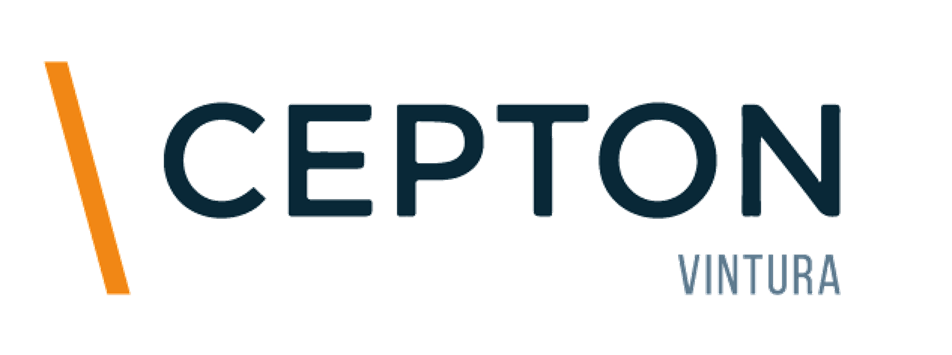In my previous article, I outlined the challenge of biomanufacturing for gene therapy [1]. Now that treatments have reached the market, fixation of prices will then drive the future development of these treatments. Following the recent craze for gene therapy, a new wave of innovative biotechs are arriving, based on recent advances in gene editing.
Gene therapy is revolutionary. But current practices have their limits.
The two main currently adopted strategies are in vivo delivery of a transgene with AAV, or ex vivo modification of autologous cells with LV.
In the first case, AAV does not integrate transgene into the patient’s DNA. The strand after cell division is then lost. In the second case, Lentivirus integrates transgene into the patient’s DNA. Even if the integration site profile of lentivirus is safer than retroviral vector’s one (its predecessor), the integration is still random, preventing its safe use for in vivo therapies.
It is then difficult with current gene therapies to combine in vivo treatment with integration into highly dividing cells. Some companies try to target, with in vivotherapies, the liver, a regenerative organ with dividing cells. For example: Vivet Therapeutics who targeting Wilson’s disease, or Genethon and Audentes Therapeutics who are both developing Crigler-Najjar treatments. Between young patients who have a small liver requiring few viruses but a growing liver which may lose the transgene and adults who have a large liver requiring more product and therefore meaning higher production costs, they must find the optimal moment to treat the patient.
In both cases, gene therapy consists of adding DNA strands to counter the gene mutation of the patient: it does not eliminate the deficient gene part. This process limits the number of pathologies for which gene therapy can be applied to, to the ones where enabling a certain level of protein production is enough for giving back functionality to the patient’s cells.
These are the reasons why gene editing therapy is the next step of this revolution.
The main advantage of gene editing is its capacity to replace defective DNA, enabling to increase the number of pathologies that could be treated (not restricted to protein deficiencies). Furthermore, gene editing is targeted and enables DNA modification/integration at a unique site, consequently avoiding random insertion properties of LV delivery but benefiting from definitive insertion into cells, even after division and independently of the delivery system used.
Because of these properties, 3 strategic approaches arise among Biotech companies.
The first approach is autologous ex vivo treatment: it is replacing and improving the current transgene-delivered-by-LV method. US based CRISPR Therapeutics and Editas Medicines are both using CRISPR technology to develop such treatments for Beta-Thalassemia and sickle cell disease. They are also both invested in new generation of gene edited immune-therapies (CAR-T).
European biotechs are more focused on another aspect of gene editing possibilities. As gene editing enables to delete and replace, some companies such as Belgian Celyad or French Cellectis, are now using gene editing to create allogeneic immune-therapies. This is the second strategy. Using TALENs technology, Cellectis is pushing CAR-T therapies to the next stage: a stage where there is no need for the patient’s own cell for the therapy, where the “universal” TCR-deficient CAR-T cells are stored “off-the-shelf” and already prepared for instillation of the treatment to the patient.
Finally, the last approach, which was first tested in human in November 2017 by Sangamo Therapeutics, is to directly perform the genetic engineering in vivo. Sangamo used AAV delivered ZFNs editing technology to treat a MPSII patient. Following that first trial, their promising gene editing treatment received recommendation from EMA for Orphan designation in Europe in December 2017. In vivo gene editing therapies face the same biomanufacturing challenge as gene therapies, requiring high level of product delivered to the patient cells with the help of viruses [1].
Pharmaceutical companies have started to pave the way for gene editing.
Pfizer started investing in gene editing in 2014 by partnering with the French Cellectis, for its allogeneic UCART19 project, a partnership to which Servier joined in the same year. One year after, Bayer and CRISPR Therapeutics created a joint venture Casebia Therapeutics for development. All these big pharmaceutical companies have starting to get a foothold in gene editing.
Swiss pharmaceutical company Novartis understood the trend to gene editing well. After its CAR-T therapy (Kymriah) was approved in the US this year, Novartis marked its presence in the field of gene therapy with ex vivo autologous gene therapy. To extend its product portfolio, Novartis also started collaborating with American biotechs Caribou Biosciences and Intellia Therapeutics for the development of ex vivoautologous gene editing therapies, managed by CRISPR technology. In addition, in May 2017, Novartis negotiated non-exclusive license for Celyad allogeneic CAR-T cells patents entering into the allogeneic market. In November 2017, Novartis also announced its collaboration with Homology Medicines for developing in vivo gene editing therapy for sickle cell anemia, via the use of AAV mediated gene editing by directed homologous recombination (AMEnDR™). Novartis is now combining gene therapy and the three different gene editing approaches described above to strengthen its position on emerging technologies for rare diseases.
[1] Gene Therapy: The Challenge of Biomanufacturing. Cepton Strategies Nov 2017
